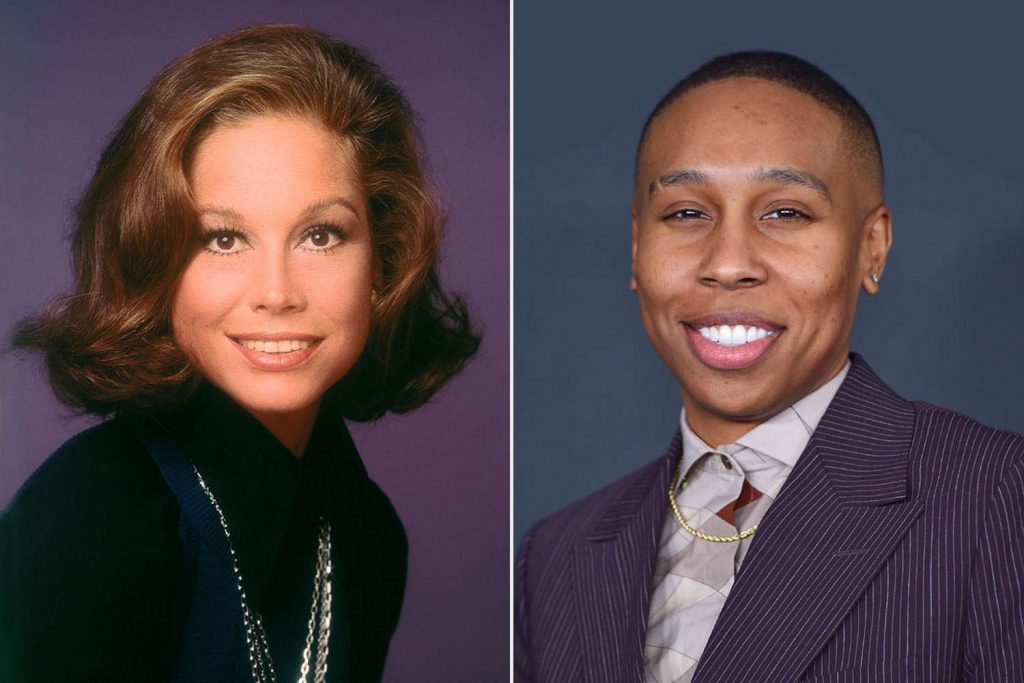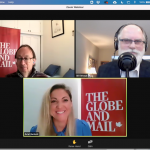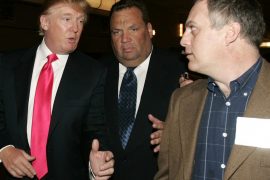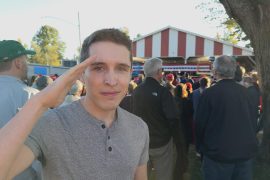It wasn’t easy being Mary Tyler Moore. Sure, she starred in two of TV’s most beloved sitcoms. She won Emmys, Golden Globes and a special Tony and had the respect of her peers as well as her colleagues.
But oh, the heartaches. It was a good thing she had spunk.
Past TV biographies have skimmed over her adversities and challenging personal life. Not so with Being Mary Tyler Moore, premiering Friday, May 26 on Max (formerly HBO Max) and Crave.
Moore died at 80 in 2017. Diagnosed with type 1 diabetes at 32, on the cusp of the seven-year run of The Mary Tyler Moore Show, she confessed years later in two autobiographies that drinking at home was the crutch that kept her going. Married the first time at 18, divorced and re-wed at 24 (to MTM Enterprises boss Grant Tinker), she finally found love in her forties when she wed third husband Dr. Robert Levine. He was 18 years her junior and blissfully unaware of her TV fame.
More tragedies, sadly, lay ahead. Her only son, Richard from her first marriage, died accidentally from a self-inflicted gunshot wound. That happened mere weeks before Moore won raves as a grieving mother in the Robert Redford film “Ordinary People.” She also lost a brother around the same time.
Besides the personal hardships there were the expectations. Her TV alter ego, Mary Richards, became a symbol of the Woman’s Movement of the 1970s. She was the poster for the debate then raging: could women have it all – a career and family – and find true happiness? None other than Gloria Steinem urged Moore – not eager to be at the front of that parade — to stand up and help show the way.
advertisement
All of this fascinated Lena Waithe, creator of the Showtime series The CHI. Waithe mentioned in a magazine article that she wanted to profile Moore someday in a scripted series or a documentary. Moore’s widowed husband, Levine, read the story and the project was approved.
Waithe teamed with two other Black filmmakers on Being Mary Tyler Moore, director and cinematographer James Adolphus and producer Debra Martin Chase (The Equalizer). Not that it should be any surprise that Moore’s appeal crossed lines of race, colour, gender or orientation. Oprah has always championed The Mary Tyler Moore Show and practically had a kitten the time Moore appeared on her daytime talk show.

Moore’s appeal, however, wasn’t just that she was funny (and surrounded by veteran comedy castmates on both of her hits). She was, in an effortless way, a trend setter and a style maker decades before influencer was a thing. Back when there were three major TV networks, it was Moore selling that Jackie Kennedy hairstyle and those Capri slacks or Mary Richards chain belts and boots.
The point is also made that her morphing into Mary Richards — a single woman who put career first — was also a powerful feminist statement.
In real life, she was a tough kid from Brooklyn who could take a hard knock or three. Her stiff spine is apparent in a couple of interviews from the ‘60s and ‘80s that are key moments in the documentary. The first was with David Susskind (sometimes referred to as David “Unkind”). He plays the provocative chauvinist to the hilt, putting down Laura Petrie from The Dick Van Dyke Show as a typical housewife. Moore, when she can get a word in, pushes back.
The interview from the ‘80s is with Rona Barrett, who, like this documentary, is bent on showing the real person behind the TV characters. The helmet-haired gossip columnist caught up with Moore, then in her early forties during her “single in New York” period. Moore seems thoughtful but unfazed by Barrett’s probing questions.
At another point she is asked about the death of her son and whether she considered herself a good mother. Moore doesn’t blink at something so brazenly invasive it would be shut down by 18 publicists today. Her answer is matter-of-fact and delivered without tears.

I first encountered Moore in person at one of my first Television Critics Association press tours in the mid-‘80s. She was at a down period in her professional life, with a couple of TV comebacks, both in sitcom and variety format, failing to connect with viewers. At one of those press conferences, when she was at the mid-season point in the dramedy Mary (co-starring James Farentino), she seemed resigned and all out of spunk. The show barely lasted a season. Reporters saw a stillness and a vulnerability in Moore on that occasion that she ably tapped into as an actress but rarely was on view in her public life.
Ironically, it was after her career was largely over that she seemed at her happiest. The latter half of the two-hour documentary follows Moore in what is seen as her ultimate, “make it after all” phase – her impactful work on behalf of the Juvenile Diabetes Research Foundation. As Levine mentions, Moore helped raise more than two-and-a-half billion dollars for JDRF research during her lifetime. Nearly blind in her final years, she took her cause to House committees as well as to the public.
The documentary includes rare footage, including the never-broadcast original pilot test film from the Mary Tyler Moore Show. Levine told one reporter that the film clip — showing the key “you’ve got spunk” scene between Moore and co-star Ed Asner but on another set — was discovered in the basement of their house. Too bad — I have a much better print of it on 16mm film.
There are also insightful commentaries from Moore’s friend Bernadette Peters, Rob Reiner, Dick Van Dyke Show writer-producer Bill Persky (who I interviewed in 2021 on an episode of brioux.tv: the podcast) and MTV writers Treva Silverman and Susan Silver.
Viewers who only know Moore from her toothy smile on The Dick Van Dyke Show or as Mr. Grant’s associate producer should find Being Mary Tyler Moore to be revelatory. This is a very recommended look at one of TV’s greatest stars.
For more on Moore, read my article up now at Everything Zoomer.






